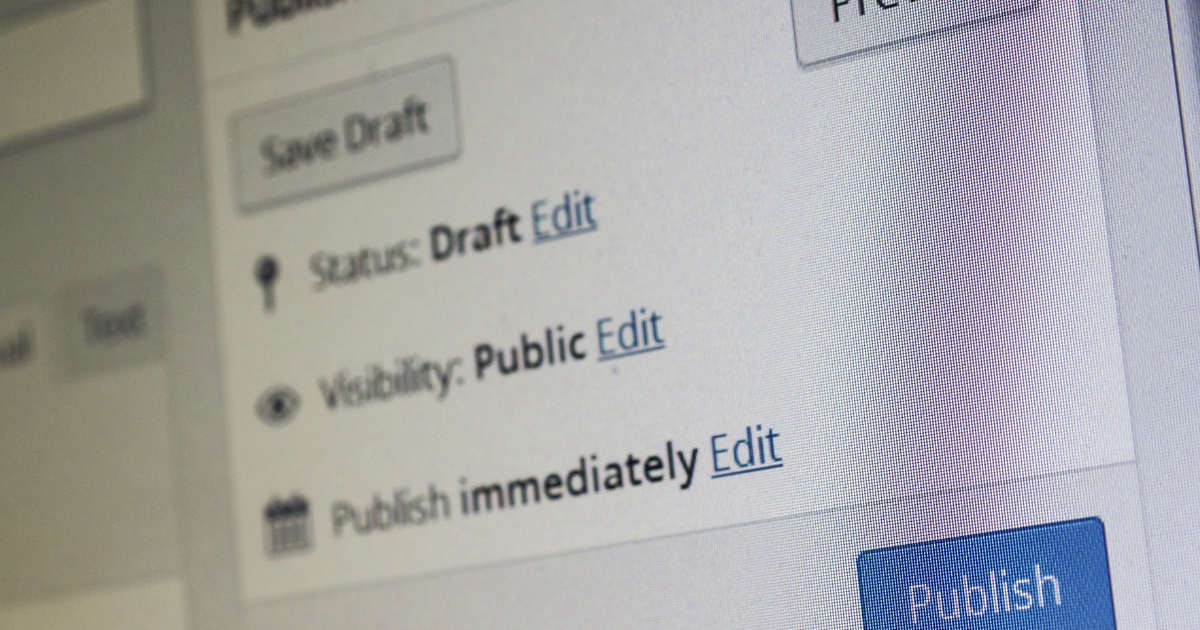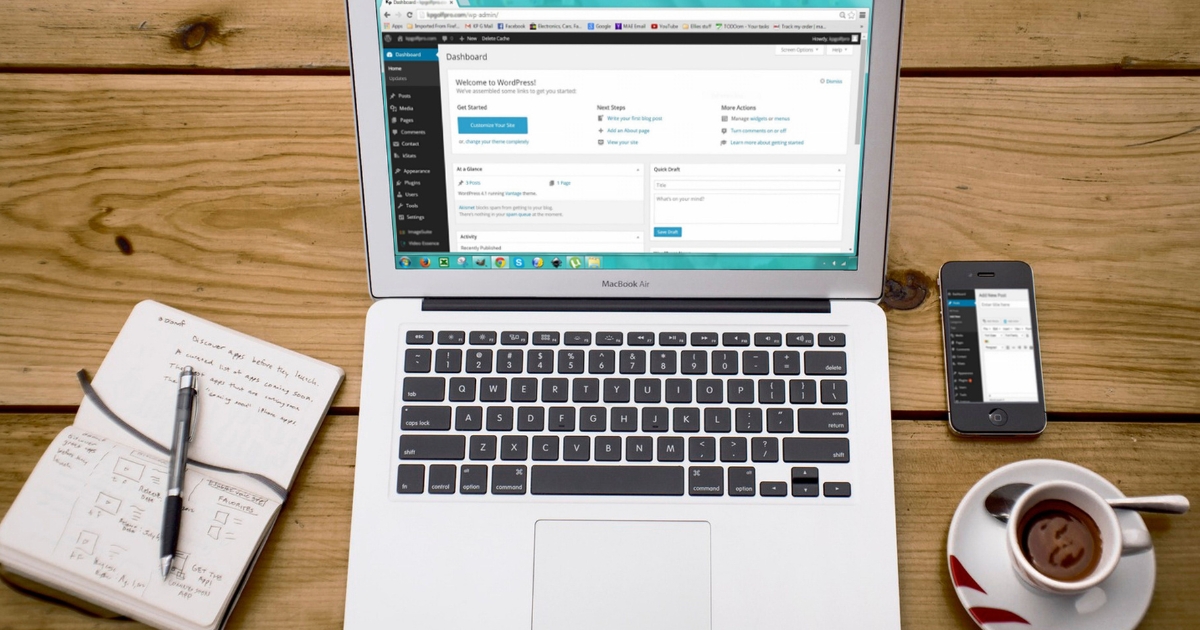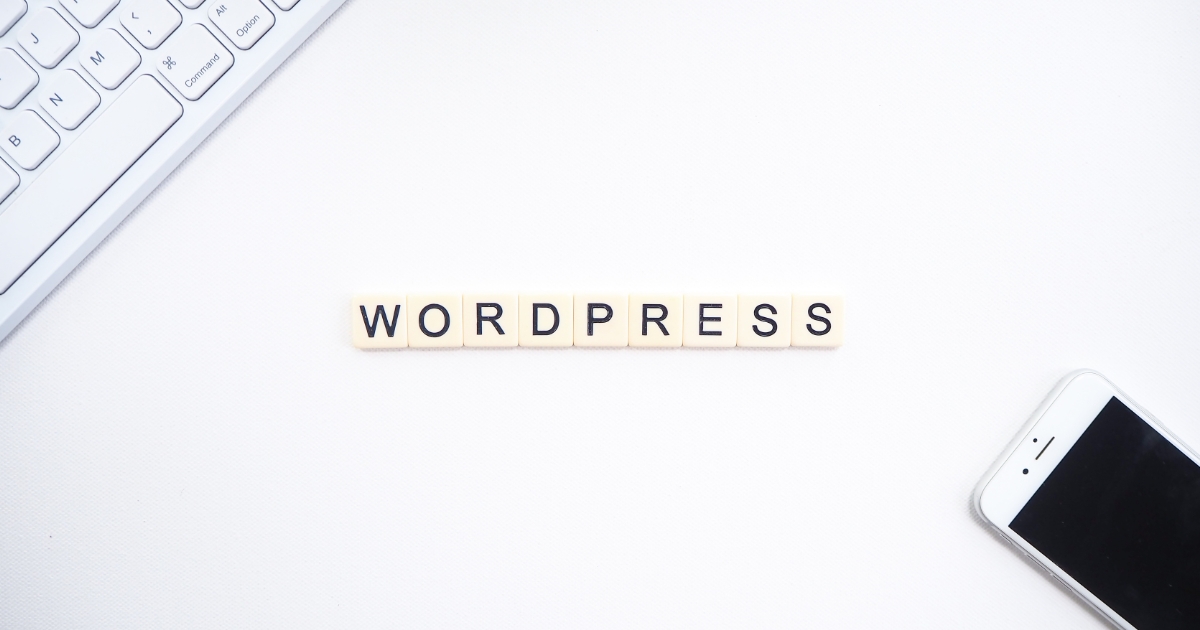In today’s digital world, it is crucial to ensure that your website is accessible to all users, including those with disabilities. WordPress, one of the most popular content management systems, offers a range of tools and techniques to enhance website accessibility. By implementing these strategies, you can make your website more inclusive and provide an optimal user experience for everyone.
Website accessibility refers to the practice of designing and developing websites in a way that allows individuals with disabilities to perceive, understand, navigate, and interact with the content effectively. Disabilities can encompass various aspects, such as visual, auditory, motor, or cognitive impairments. Therefore, it is essential to create an inclusive digital environment that accommodates different needs and abilities.

Understanding WordPress accessibility: importance and benefits
WordPress accessibility plays a vital role in ensuring that websites are inclusive and accessible to all users, regardless of their abilities or disabilities. The importance of accessibility lies in the ethical obligation to provide equal access to information and services for everyone. By making your WordPress website accessible, you are promoting inclusivity and empowering individuals with disabilities to engage fully with your content.
There are practical benefits to prioritising accessibility. An accessible website improves the user experience for all visitors, not just those with disabilities. It enhances navigation, readability, and overall usability, leading to increased engagement and satisfaction. Accessible websites tend to rank higher in search engine results, as search engines value sites that are user-friendly and cater to a wider audience.
Key principles of website accessibility
Website accessibility is guided by several key principles that serve as the foundation for creating inclusive and user-friendly digital experiences. These principles ensure that individuals with disabilities can access, navigate, and interact with web content effectively.
- Perceivable: Web content should be presented in a way that is perceivable to all users, regardless of their sensory abilities. This involves providing alternative text for images, captions for videos, and audio descriptions for multimedia, allowing users to understand and interpret the content.
- Operable: Websites should be operable by a variety of input methods, including keyboards, screen readers, and assistive technologies. Keyboard accessibility, focus control, and logical navigation are crucial in enabling users to interact with the website effectively.
- Understandable: Content should be presented clearly and understandably. This involves using plain language, organising information in a structured way with headings and subheadings, and avoiding complex or jargon-filled language. Clear instructions and user-friendly interfaces contribute to improved understanding and usability.
- Robust: Websites should be developed using robust and universally supported technologies that can be interpreted accurately by a wide range of devices and assistive technologies. Adhering to web standards and best practices ensures compatibility and futureproofing.

Choosing accessible themes and plugins for WordPress
When building an accessible WordPress website, selecting the right themes and plugins is crucial. Themes and plugins provide the visual and functional elements of your website, and it’s important to ensure they align with accessibility principles.
Accessible themes should have a clean and well-structured codebase, adhere to web standards, and provide robust accessibility features. Look for themes that offer options for customisable colour schemes, font sizes, and contrast settings to accommodate users with visual impairments. Ensure that the theme’s layout is responsive and adaptable, providing a seamless experience across different devices.
Optimising images and media for accessibility
Optimising images and media for accessibility is a critical aspect of creating an inclusive WordPress website. Visual content plays a significant role in communication, and it is essential to ensure that individuals with visual impairments can also perceive and understand the information conveyed through images and media.
When adding images, provide descriptive alternative text (alt text) that accurately describes the content of the image. Alt text should be concise yet descriptive, providing users with visual impairments the same understanding of the image as sighted users. Ensure that the alt text is contextually relevant to the surrounding content.

Creating clear and descriptive content
One of the fundamental aspects of website accessibility is the creation of clear and descriptive content. Clear and descriptive content benefits all users, but it is particularly important for individuals with visual impairments or cognitive disabilities who rely on assistive technologies to consume web content. When creating content for your WordPress website, it is essential to use plain language, avoid jargon or complex terminology, and structure information in a logical and organised manner.
Break down content into clear headings and subheadings to provide a hierarchical structure that aids navigation and comprehension. Ensure that images, graphs, and other visual elements are accompanied by the descriptive alt text, which provides alternative text descriptions for individuals who cannot see the visual content. By prioritising clear and descriptive content, you enable all users, including those with disabilities, to access and understand the information on your website effectively.
Using proper headings and semantic structure
Proper use of headings and semantic structure is essential for creating an accessible and well-organised WordPress website. Headings not only visually structure your content but also provide valuable information to assistive technologies and users navigating through your site. When using headings, it’s important to follow the hierarchical structure (e.g., using H1 for the main title, H2 for section headings, H3 for subsections, and so on). This helps screen readers and other assistive technologies understand the content’s organisation and provide a better browsing experience for individuals with disabilities.
The semantic structure goes beyond headings and includes using appropriate HTML tags for different types of content, such as paragraphs, lists, and tables. By using semantic markup, you provide meaningful information about the content’s purpose and structure, improving accessibility and search engine optimisation. Proper headings and semantic structure contribute to a more navigable, understandable, and inclusive website experience for all users.

Implementing alternative text for images
When creating an accessible WordPress website, it is crucial to implement alternative text, also known as alt text, for images. Alt text is a concise and descriptive text attribute that is added to the HTML code of an image. It serves as a textual representation of the image content and provides valuable information to users who cannot see the image, including those with visual impairments or those who use assistive technologies like screen readers.
When writing alt text, it is important to be descriptive yet concise. The alt text should convey the purpose and context of the image without being excessively long or vague. Focus on conveying the essential information, such as the subject of the image, its function, or the message it conveys. Additionally, avoid using phrases like “image of” or “picture of” in alt text since screen readers already indicate that the content is an image.
Making navigation and menus accessible
Ensuring that the navigation and menus of your WordPress website are accessible is essential for providing a seamless browsing experience for all users. Clear and well-organised navigation allows individuals with disabilities to navigate through your site easily and locate the desired content. When designing navigation, prioritise simplicity and consistency. Use descriptive labels for navigation links and buttons, providing users with clear indications of where each link will lead them. Employ logical and intuitive structures, such as dropdown menus or breadcrumb navigation, to help users understand the site’s hierarchy and navigate efficiently.
Keyboard accessibility is also crucial. Ensure that users can navigate through the navigation and menus using the keyboard alone, without requiring a mouse or other pointing devices. Implement keyboard focus indicators to help users identify their current location within the navigation system.

Testing and auditing website accessibility
Testing and auditing the accessibility of your WordPress website is a crucial step in ensuring that it meets the necessary standards and provides an inclusive user experience. It involves evaluating various aspects of your site, such as navigation, content, forms, images, and multimedia, to identify potential accessibility barriers and areas for improvement.
There are different methods and tools available to test website accessibility. Manual testing involves using assistive technologies like screen readers or keyboard navigation to assess how effectively users can access and interact with the content. Automated testing tools can also help identify accessibility issues by scanning the website’s code and highlighting potential violations of accessibility guidelines.
Take the next step towards inclusive websites
Creating an accessible website is crucial for reaching a wider audience and promoting inclusivity. Don’t miss out on the opportunity to make your WordPress website accessible to all users. Take the next step by implementing the principles of accessibility, choosing accessible themes and plugins, creating clear content, and conducting thorough testing. Begin your journey towards a more inclusive online presence and provide an exceptional user experience for everyone. Start building an accessible WordPress website today!

